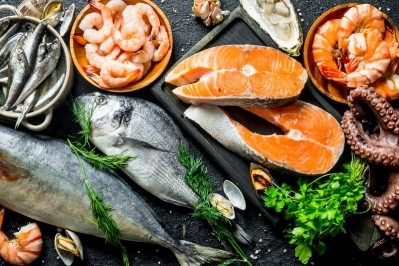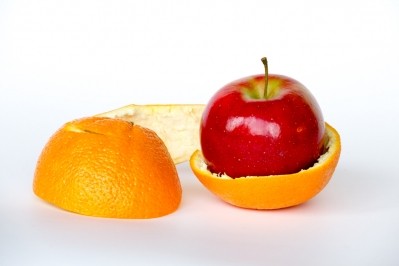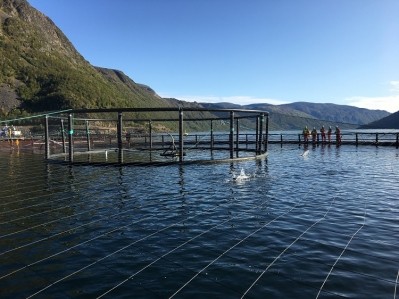From fjord to fork: Norwegian collaboration leverages blockchain for ‘safer, better seafood’
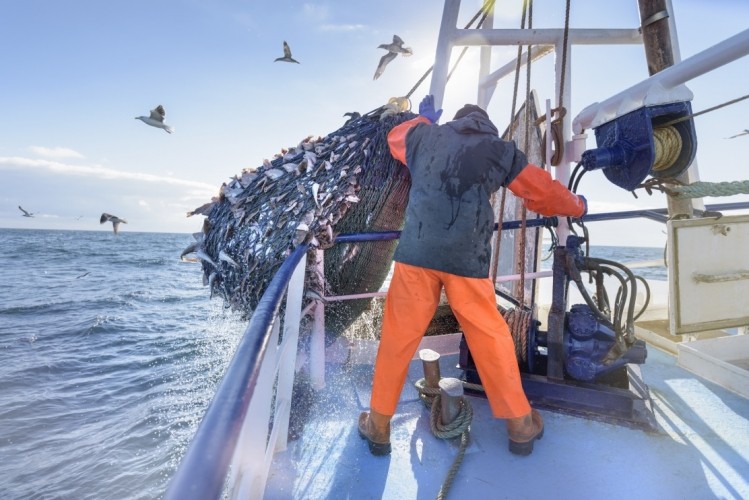
Sjømatbedriftene, the Norwegian Seafood Association, is working with Norwegian infrastructure provider Atia and IBM to increase transparency in the country’s seafood sector.
Norway exported more than 2.7 million tons of seafood in 2019. Monitoring where the fish comes from, its growing and storage conditions, and reducing food waste remain of ‘critical concern’ to seafood consumers who ‘care deeply about sustainability’.
According to a recent IBM study, 71% of consumers indicate that traceability is important to them and that they are willing to pay a premium for brands that provide it.
In order to strengthen Norway’s reputation for quality seafood and further build customer and consumer trust, the sector wants to improve visibility down the supply chain and it is working with IBM’s Food Trust blockchain platform to achieve just that.
“Despite the many benefits of maintaining a sustainable food source, consumers are still wary of farmed-raised seafood thanks in part to reports of poor regulation and product mislabeling casting doubt on quality and authenticity. That’s part of why Atea, and Sjømatbedriftene, the Norwegian Seafood Association, teamed up with IBM Blockchain to enhance traceability of their seafood from farm to grocery stores around the world,” Espen Braathe, IBM Food Trust Europe lead, told FoodNavigator.
“Norwegian seafood is known for its quality, but it is not easy to communicate the great lengths that these producers go to in order to supply such great fish. The Norwegian government has passed stricter guidelines for how farmed fish should be raised than most other countries and many producers follow even more stringent practices…. With a blockchain network, fish farms can take credit for the hard work they do by capturing data about their fish and ensuring its provenance. This data can be passed down the supply chain potentially all the way to the consumer.”
Traceability from fjord-to-fork
The blockchain network uses IBM Blockchain Transparent Supply, an offering from IBM using the underlying technology behind Food Trust. It enables organisations and consortia to build out their own sustainable blockchain-based ecosystem.
The private blockchain network records data about catch location and time, supply chain events like shipping updates, storage temperatures and customs clearance.
The network will allow shoppers in-store to know the fjord where the fish is from, when it was fished, the feed it has eaten and whether the facility uses sustainable methods.
“Blockchain technology will track critical information about fish farmers and the fish they produce – including where they are located, when and what they were fed, when the fish were born, when they were harvested and what was done to preserve them for transport – and pass it on to food processors, distributors, grocers, and eventually to the end consumer. Consumers can have faith that the fish they buy was raised sustainably and safely, and meets the highest quality standards in the region,” Braathe elaborated.
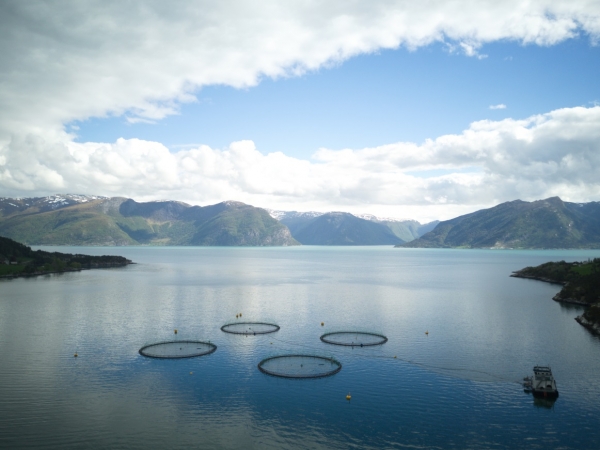
The system also has benefits for regulators. Customs agencies will be able to access data more easily about volume and location of shipments to expedite customs clearance.
Robert Eriksson, CEO of the Norwegian Seafood Association, believes that the technology will give Norwegian seafood a competitive edge.
"Norwegian seafood is known for its quality. Yet we still do not have the ability to trace where the fish came from, how it was grown or how it was stored. This creates the potential for fraud and food waste. Blockchain can help eliminate these problems with a transparent, accountable record of where each fish came from. We believe that this is only the start of something that will mean a great deal for the industry by creating more sustainable food production, which in turn will increase the return for producers.”
Safety, sustainability and story telling
It is hoped that the blockchain network will enable producers to increase the value of their catch by telling stories about the products, where they come from, and how to prepare them.
This, Braathe told this publication, will support the adoption of more sustainable practices across the industry. “Blockchain technology helps support sustainable aquaculture practices by allowing fish farmers to differentiate their products from less conscientious producers and therefore charge a premium price for their extra effort.
“Since all information about the fish and farming practices is recorded on an immutable ledger, there are extra layers of transparency and accountability. This permanent record can also be used to show regulatory bodies that they are meeting local standards and maybe even qualify for subsidies.”
Several Norwegian seafood companies are now in the process of putting data onto the network. One of these companies is Kvarøy Arctic, a provider of naturally sea farmed salmon, who will soon begin delivering products to leading retailers in the US and Canada using the tracking and provenance technology.
"It is important for our customers to know that the seafood they eat is not only safe but produced in a sustainable and healthy manner," noted Alf-Gøran Knutsen, CEO of Kvarøy Arctic. "Blockchain lets us share the fish's journey from the ocean to the store. This is now more timely than ever, as consumers want more information about where the food they eat comes from."
